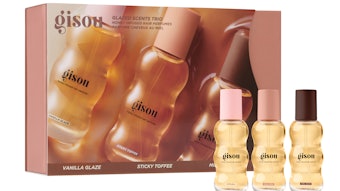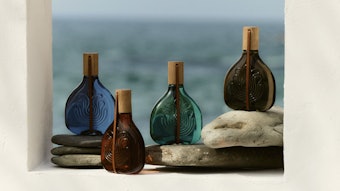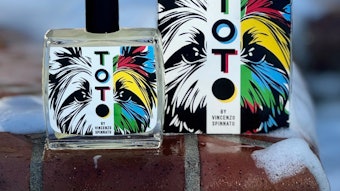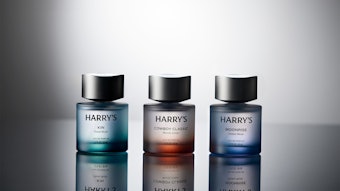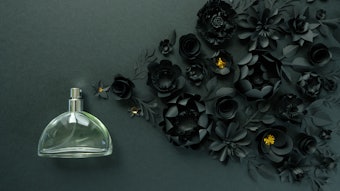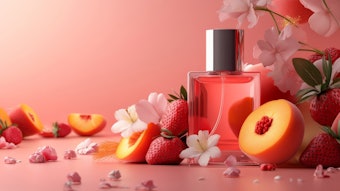In November 1978, 21 years ago, I introduced the first article of the series, “Perfumery: Techniques in Evolution,” at the Fifth Convention of Perfumers in Spain. I was then a member of the Spanish Society of Cosmetic Chemists and The Professional Group of Perfumers, organizations that I quit some years later. I started talking about the word “evolution” as a key hallmark to understand our profession. At this time I described products like α-damascone, β-damascone, damascenone, calone (watermelon ketone), all virtually unknown in 1978 by almost all the perfumers in the world. I stated that these chemicals were going to be the elements making the forthcoming evolution of perfumery possible, an evolution that was a real revolution already looming over the horizon. Well, I was right. In 1978 there was not a perfume with calone in it. Now, it is one of the most successful ingredients; one with which perfumers won’t be able to work without. Damascones and damascenone where known only through the patents, through scientific papers describing minor ingredients in bulgarian rose oil, rose oxyde, neroloxyde, rose furan and p-menthen-9-al; at the time, these were used in bases such as cetylia, dorinia or damascenia. Most perfumers, exept those working with the company that patented them, used these bases without knowing which chemicals were responsible for imparting the sought-after effects of radiant, fruity and rosy nuances.
However, I said something wrong. I said that this evolution did not mean any break with perfumery’s past. Unfortunately, and at that time I did not see it, there has been a major break. Perfumery of the past, the technique used by the most excellent perfumers, Jean Carles, Edmond Roudnitzka, Ernest Beaux, Maurice Maurin, Paul Vacher, Guy Robert etc.; men and women that spent their lives expressing themselves through combinations of essential oils and chemicals were going to be hampered by several organizations that began telling us what ingredients we could and could not use; if it was allowable to use 0.1% of costus or not, even in limited amounts, for example. Italian bergamote oil, styrax, Peru balsam, cinnamon or chenopodium oils were treated as hramful. According to the logic of these organizations, the crusaders of human health, we found out that almost all essential oils were not advisable to be used except in light touches. Clary sage, black pepper, juniper berry, frankincense and laurel-leaf oils were allowed; blessed generosity by those concerned with the health of the world. Many chemicals that were discovered by enthusiastic young chemists cooperating closely with me were often stalled for years and years by these organizations, and could not be used at all.
Another branch of what I call crusaders of human ethics, those defending the rights of animals, started fighting civet, castoreum and all the rest of animal products, for the sake of saving animals from cruelty.

